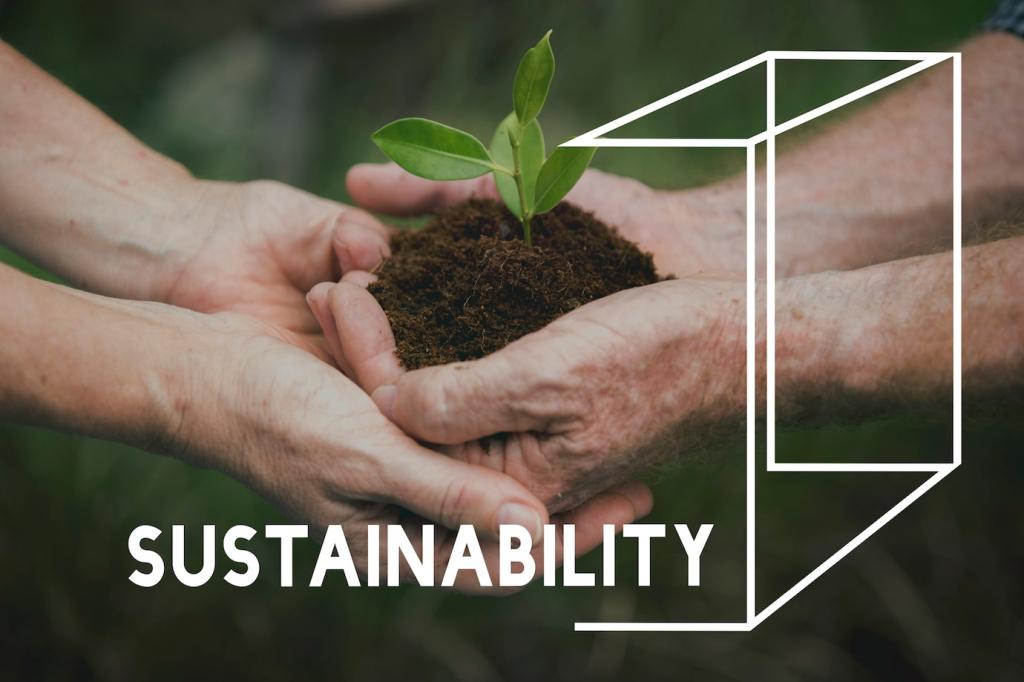Green Cleaning Fundamentals for Upholstery
Natural fibers like cotton, linen, and wool behave differently from synthetics such as polyester and acrylic, especially when moisture is involved. Always check cleaning codes—W, S, W/S, or X—and perform a colorfastness test on a hidden seam. This simple step prevents dye migration and ensures eco-friendly upholstery cleaning techniques work safely and predictably.
Green Cleaning Fundamentals for Upholstery
Eco-friendly upholstery cleaning techniques rely on mild pH, plant-based surfactants, and careful mechanical action to suspend soil without rough treatment. Dwell time matters: let solutions sit briefly so they can loosen grime. Then blot, don’t rub, using microfiber to lift rather than grind particles deeper into the weave.





